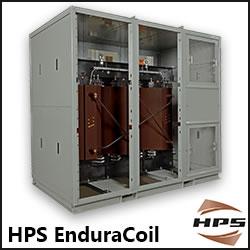Global Wind Power Capacity Projected To Nearly Double In 5 Years
MIT, Harvard scientists study how to produce solar power without sunlight
GTM Research - Chinese solar-panel prices rising 20% in the U.S.
Celebrating The 60th Anniversary Of The First Practical Solar Cell
Shale Gas Boom Leaves Wind Power Developers Seeking More Subsidy
Record-Breaking Demand For Global Solar PV Industry in Q1 2014, According to NPD Solarbuzz
How They Clean Those Gigantic Solar Energy Plants Clean?
One-Third of Texas Was Running on Wind Power This Week
Clean Edge Finds Global Solar Deployment Exceeds Wind for First Time
Siemens to construct factory for offshore wind power in Great Britain
GE Taps Into The Coolest Energy Storage Technology Around
Fresh Breeze for Wind Power in China
Pilots complain that glare from the world's biggest solar power plant is blinding them
A Peek Into The Astonishing Future Of Wind Power
How crowdfunding solar power is democratizing the way we finance clean energy
Records 1516 to 1530 of 2275
First | Previous | Next | Last
Featured Product

